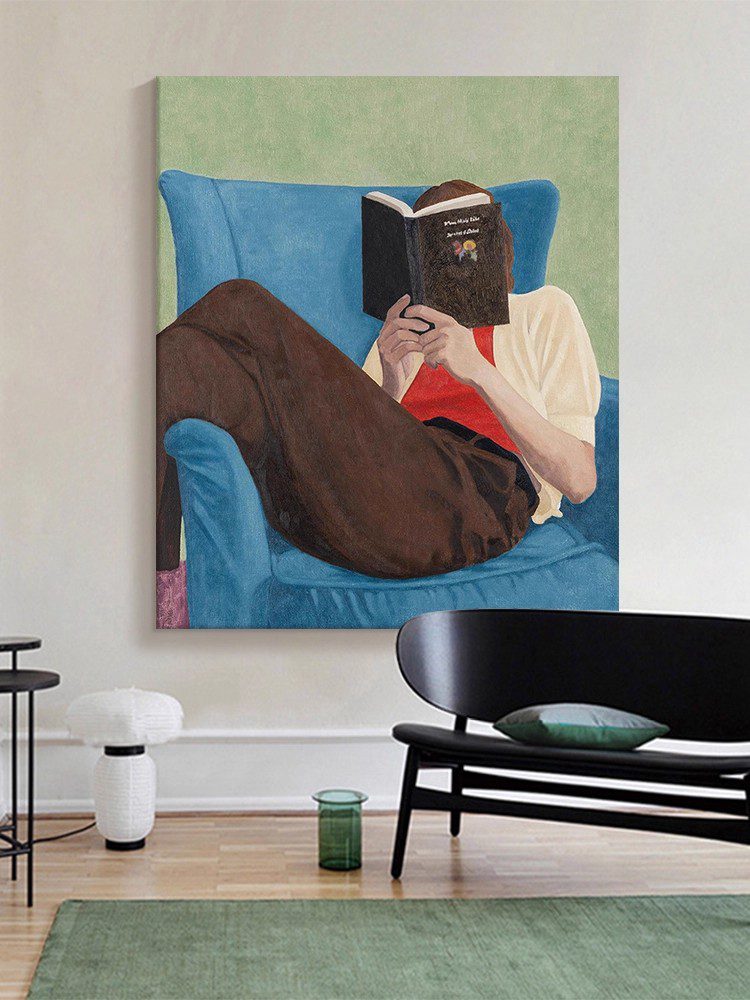Common Causes of Slow-Drying Paint and Effective Solutions
Artists often encounter scenarios where paint remains tacky or fails to dry completely, disrupting workflow and affecting final results. This issue can stem from environmental factors, material interactions, or application techniques. Understanding the root causes and implementing targeted solutions ensures smoother project completion and better artistic control.
Environmental Factors Impacting Drying Time
The surrounding conditions play a pivotal role in how paint dries. High humidity levels are a frequent culprit, as moisture in the air slows evaporation and oxidation processes. In humid climates or poorly ventilated spaces, paint may stay soft for days, attracting dust or developing a sticky texture. To mitigate this, use dehumidifiers or position fans to improve airflow without directing them directly at the artwork, which could cause uneven drying.
Low temperatures also hinder drying. Most paints rely on chemical reactions that occur optimally at room temperature (around 65–75°F or 18–24°C). In colder environments, these reactions slow significantly, leaving paint wet for extended periods. If working in a chilly studio, consider using space heaters to maintain a consistent temperature, ensuring the area is free from drafts that might create cold spots.
Poor ventilation exacerbates drying delays by trapping volatile compounds in the air. Without proper air exchange, solvents or water in water-based paints cannot evaporate efficiently. Opening windows or using exhaust fans helps disperse these compounds, though artists should avoid working near strong drafts that might blow debris onto wet surfaces.
Material-Related Causes of Slow Drying
The composition of paint and its additives directly influences drying speed. Oil-based paints, for instance, dry through oxidation, a process that can take days or weeks depending on the oil type. Linseed oil dries faster than poppy or safflower oil, so mixtures with slower-drying oils will naturally take longer to harden. Artists can adjust recipes by blending oils with varying drying rates or adding small amounts of natural driers like lead-free siccatives to accelerate the process safely.
Water-based paints, such as acrylics or gouache, rely on water evaporation for drying. If the paint contains high proportions of binders or retarders—additives designed to extend working time—drying will slow dramatically. Checking ingredient lists for hydrating agents like glycerin or propylene glycol helps identify such formulations. Reducing the use of these additives or thinning the paint with water (for acrylics) can restore normal drying times.
Contamination from external substances is another overlooked factor. Residues from cleaning agents, oils on brushes, or even skin oils transferred during handling can create a barrier on the paint surface, preventing proper drying. Thoroughly cleaning tools and work surfaces before painting, and avoiding touching wet areas with bare hands, minimizes this risk.
Application Techniques Affecting Drying
How paint is applied impacts its ability to dry uniformly. Thick layers of paint take far longer to dry than thin coats, as the interior remains insulated from air exposure. For oil paints, this can lead to wrinkling or cracking as the surface dries faster than the underlayer. Applying paint in multiple thin layers, allowing each to dry partially before adding the next, ensures even curing and reduces the likelihood of texture issues.
Overworking wet paint can also delay drying. Blending or brushing repeatedly after initial application reintroduces air and moisture, resetting the drying clock. Artists should plan their strokes deliberately, working in sections and avoiding unnecessary manipulation once the paint begins to set. Using a stay-wet palette or misting the palette lightly with water (for water-based paints) can extend working time without compromising drying later.
Improper storage of partially dried artworks contributes to persistent tackiness. Stacking wet canvases or leaning them against surfaces allows paint to transfer or remain compressed, inhibiting air circulation. Storing paintings flat on a clean, dry surface or hanging them vertically with adequate spacing ensures proper ventilation until fully cured.
By addressing environmental conditions, adjusting material choices, and refining application methods, artists can resolve slow-drying paint issues effectively. These strategies not only improve efficiency but also enhance the durability and appearance of finished works, allowing creativity to flourish without unnecessary delays.
